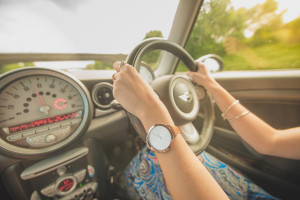If your Au Pair needs to drive, please carefully read the DC Department of Motor Vehicles website section entitled Driver License for Non-US Citizens also see the Quick Reference Guide that I give each Host Family at our Orientation Meeting and send to each Au Pair by mail so that she has it as soon as she arrives to your home. http://dmv.dc.gov/service/driver-license-for-non-us-citizens
Tag Archives: license
What To Do In A Car Accident
By Christine Connally
Whether you are you new to driving in the US or a seasoned driver, never drive without your drivers license and remember to keep other essential documents in the car glove box. These items will be necessary if you are stopped by a police officer or have an auto accident. Not having these items can result in your receiving a ticket (citation) from a police officer. If you are involved in an accident, call the police and your Host Family immediately.
Essential Documents
- Auto Registration Card
- Auto Insurance Card
- Car Accident Emergency Form
If you have an accident: (from Edmunds.com)
- Keep Safety First. Drivers involved in minor accidents with no serious injuries should move cars to the side of the road and out of the way of oncoming traffic. Leaving cars parked in the middle of the road or busy intersection can result in additional accidents and injuries. If a car cannot be moved, drivers and passengers should remain in the cars with seatbelts fastened for everyone’s safety until help arrives. Make sure to turn on hazard lights and set out cones, flares or warning triangles if possible.
- Exchange Information. After the accident, exchange the following information: name, address, phone number, insurance company, policy number, driver license number and license plate number for the driver and the owner of each vehicle. If the driver’s name is different from the name of the insured, establish what the relationship is and take down the name and address for each individual. Also make a written description of each car, including year, make, model and color — and the exact location of the collision and how it happened. Finally, be polite but don’t tell the other drivers or the police that the accident was your fault, even if you think it was.
- Photograph and Document the Accident. Use your camera to document the damage to all the vehicles. Keep in mind that you want your photos to show the overall context of the accident so that you can make your case to a claims adjuster. If there were witnesses, try to get their contact information; they may be able to help you if the other drivers dispute your version of what happened.


